Optimal Timing for House Framing
Spring and early summer are generally considered ideal due to milder weather, reducing delays caused by rain or extreme temperatures.
Dry conditions are essential for framing, as moisture can weaken materials and cause delays. Avoiding winter and heavy rain seasons minimizes risk.
Planning framing during periods with predictable weather helps ensure timely completion and reduces the likelihood of weather-related setbacks.
Moderate temperatures aid in working conditions and material handling, especially for wood and other sensitive materials.
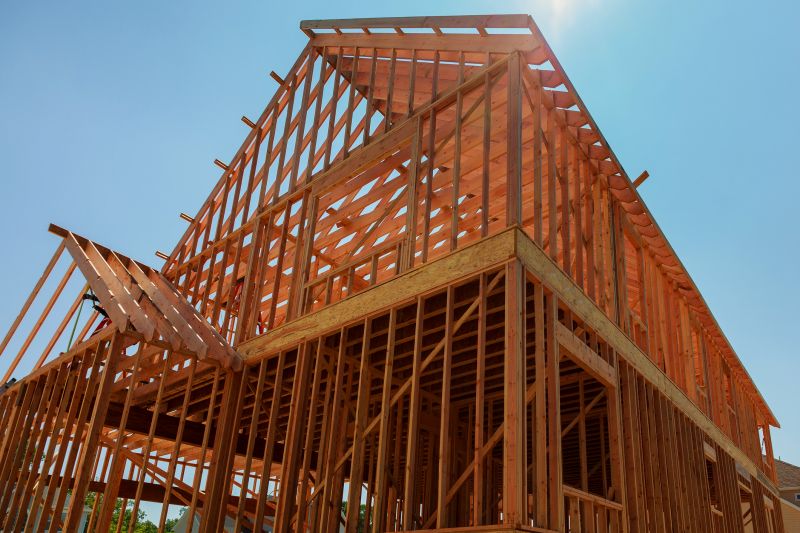
Spring offers ideal weather for framing, with longer days and moderate temperatures supporting efficient work.
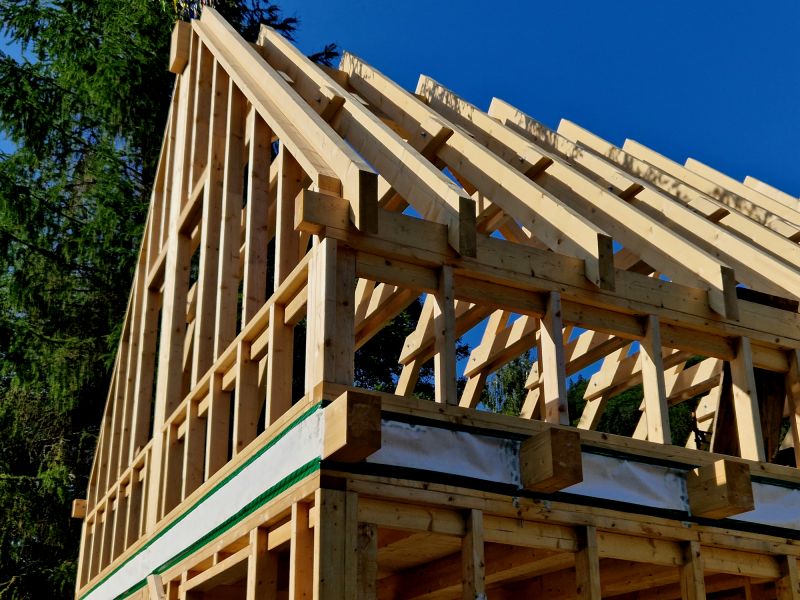
Summer provides extended daylight hours and stable weather, facilitating quicker progress on framing projects.
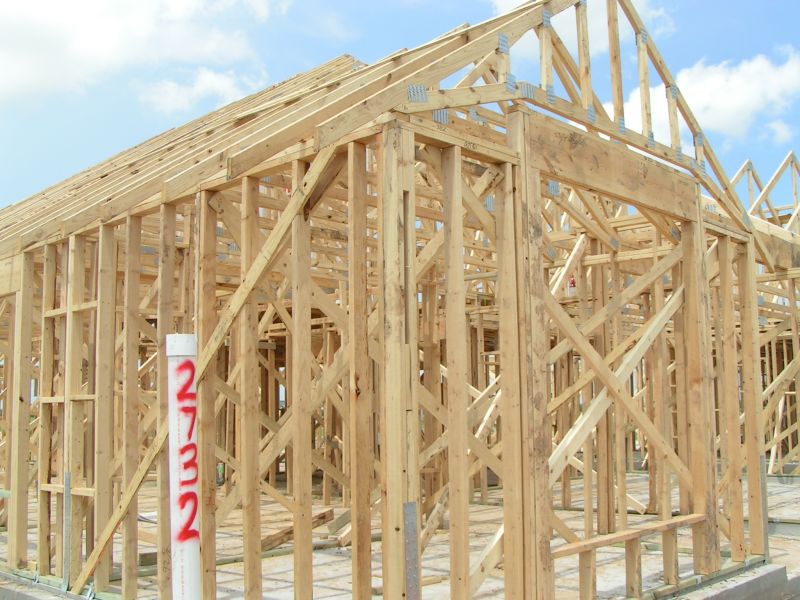
Early fall can be suitable, but planning ahead is necessary to avoid the onset of colder weather and rain.
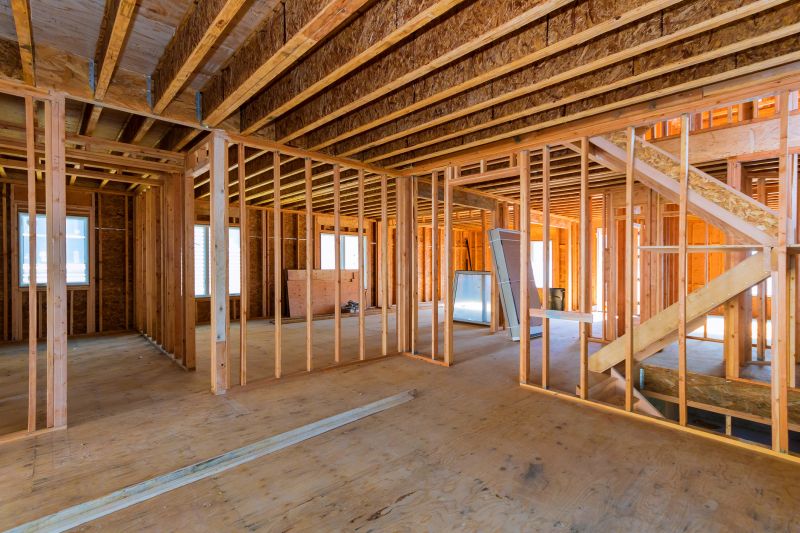
Ways to make House Framings work in tight or awkward layouts.

Popular materials for House Framings and why they hold up over time.

Simple add-ons that improve House Framings without blowing the budget.
House framing involves constructing the skeleton of a building, including walls, floors, and roof structures. It requires precise measurements and quality materials to ensure stability and durability. Proper framing supports all subsequent construction phases, making timing and weather considerations vital for successful completion.
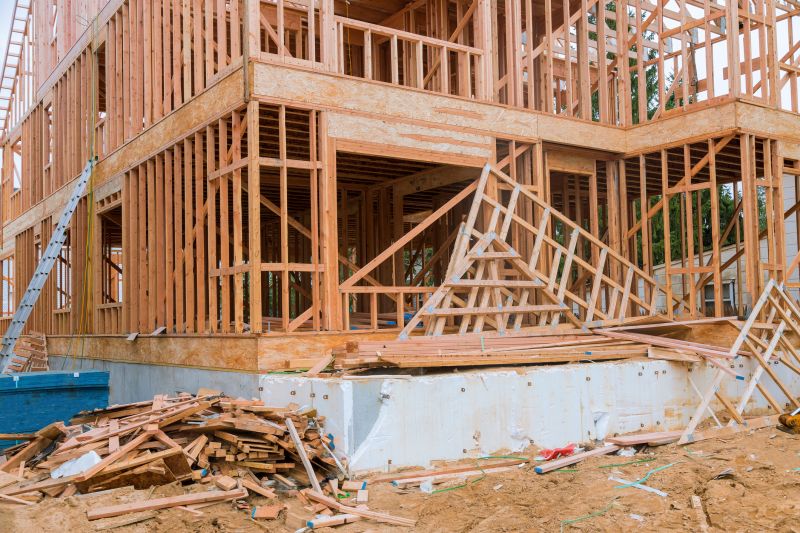
Wood framing is common due to its versatility and ease of assembly, especially during favorable weather conditions.
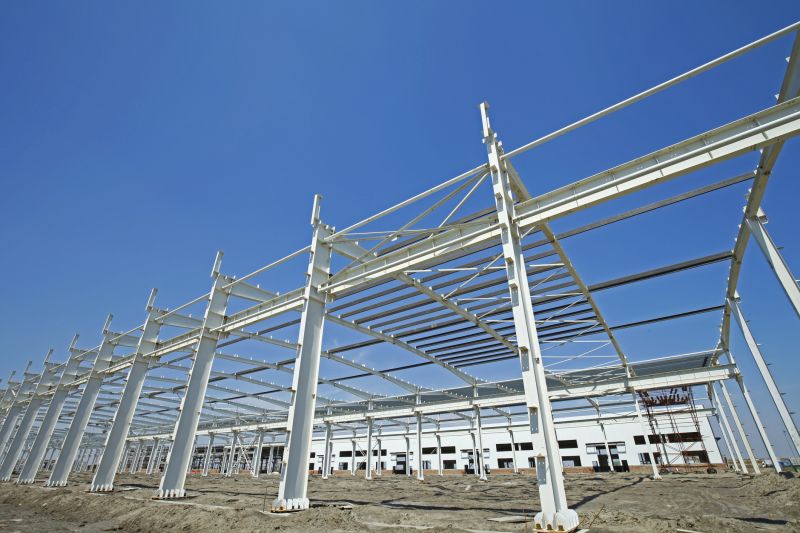
Steel frames are durable and resistant to pests and moisture, suitable for various climates.
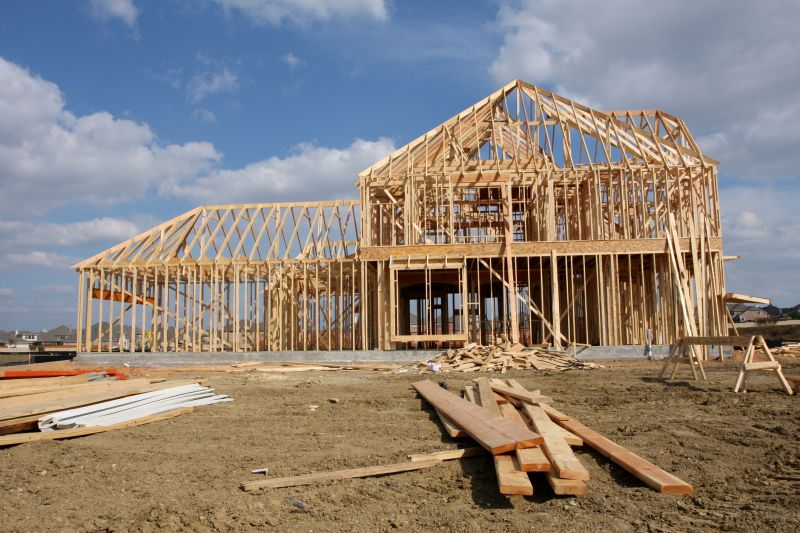
Pre-fabricated framing components can reduce construction time and are often used in tight schedules or specific weather windows.
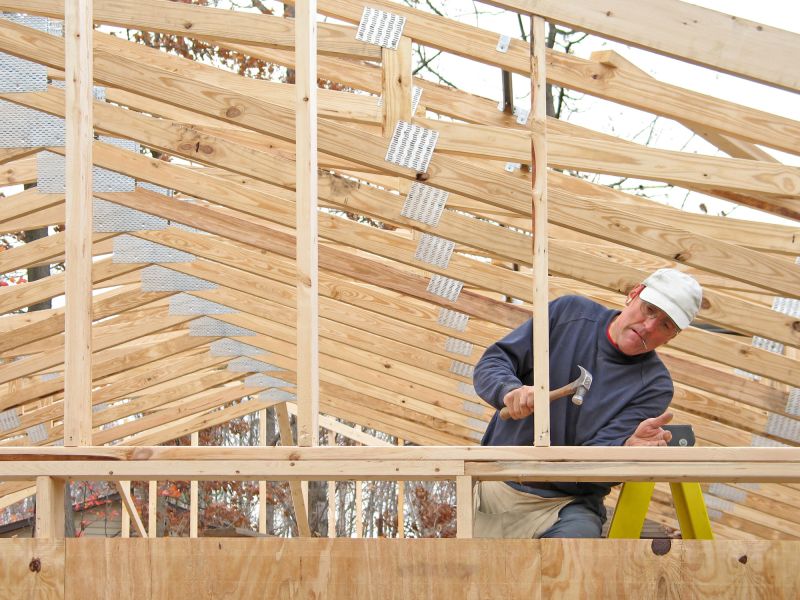
Advanced tools and machinery improve efficiency and precision during framing, especially in optimal weather conditions.

High-end options that actually feel worth it for House Framings.

Finishes and colors that play nicely with House Framings.
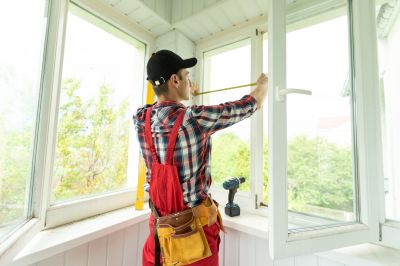
Little measurements that prevent headaches on House Framings day.
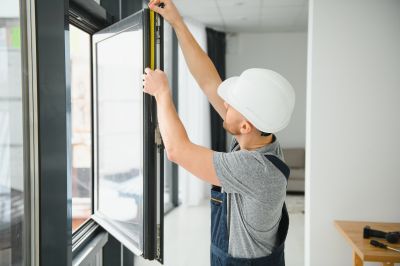
A 60-second routine that keeps House Framings looking new.
| Season | Advantages | Disadvantages |
|---|---|---|
| Spring | Mild weather, longer days | Rain can cause delays |
| Summer | Extended daylight, stable weather | High temperatures may affect workers |
| Fall | Cooler temperatures, less rain | Approaching winter may limit work days |
| Winter | Off-season, potentially lower costs | Cold, snow, and ice can halt progress |
Choosing the right time for house framing depends on regional climate patterns and project timelines. Proper planning and weather monitoring can help optimize construction schedules, minimize delays, and ensure high-quality results.
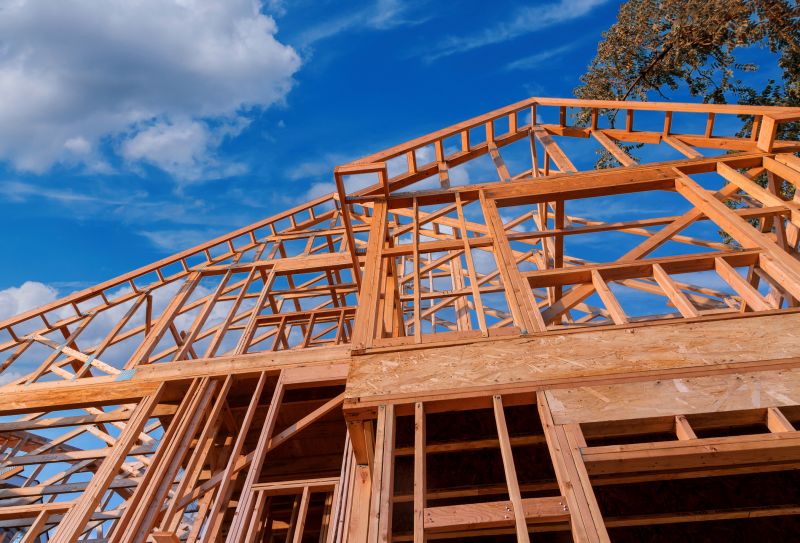
Clear, dry days are ideal for framing activities, reducing risks associated with moisture and weather disruptions.

Aligning framing schedules with seasonal weather patterns enhances project efficiency and safety.
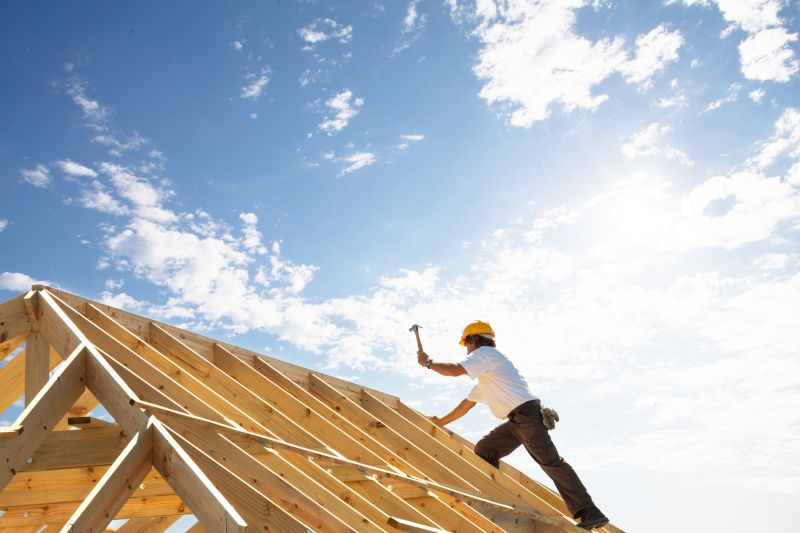
Optimal weather conditions improve working conditions and productivity for construction crews.
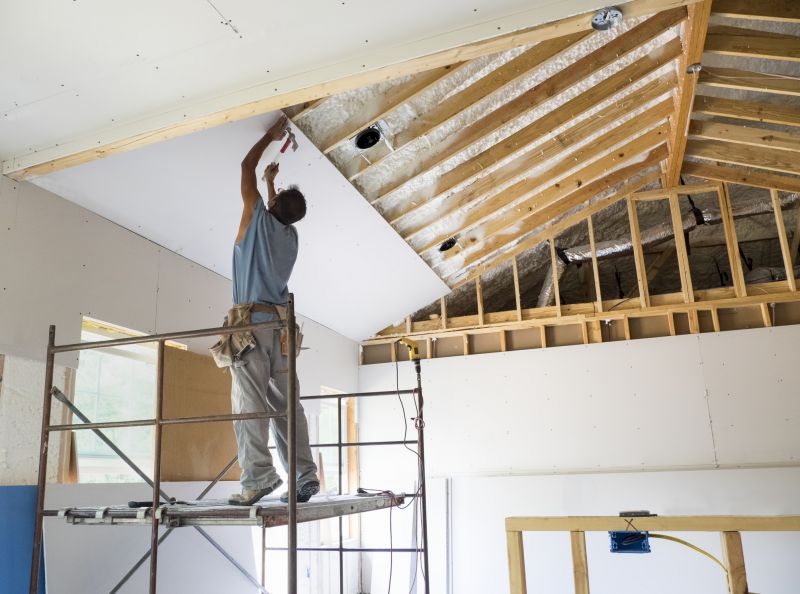
Dry weather ensures materials like wood and drywall remain in optimal condition during installation.

A frequent mistake in House Framings and how to dodge it.
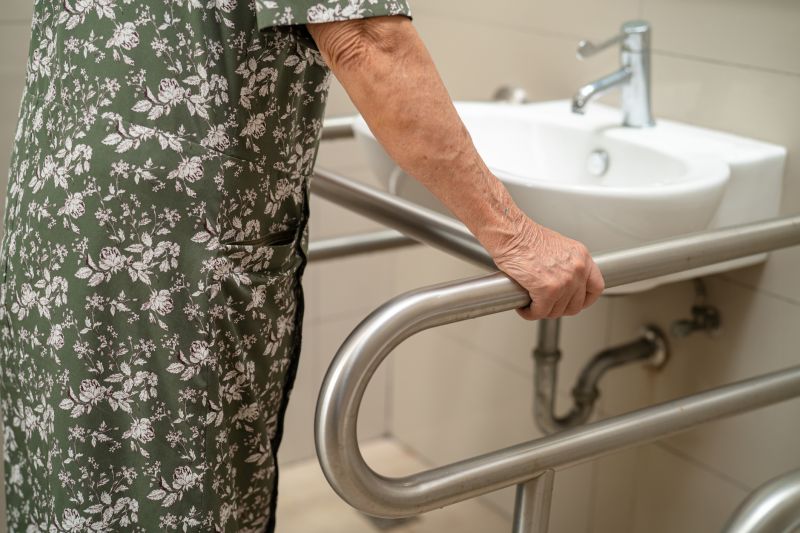
Small tweaks to make House Framings safer and easier to use.
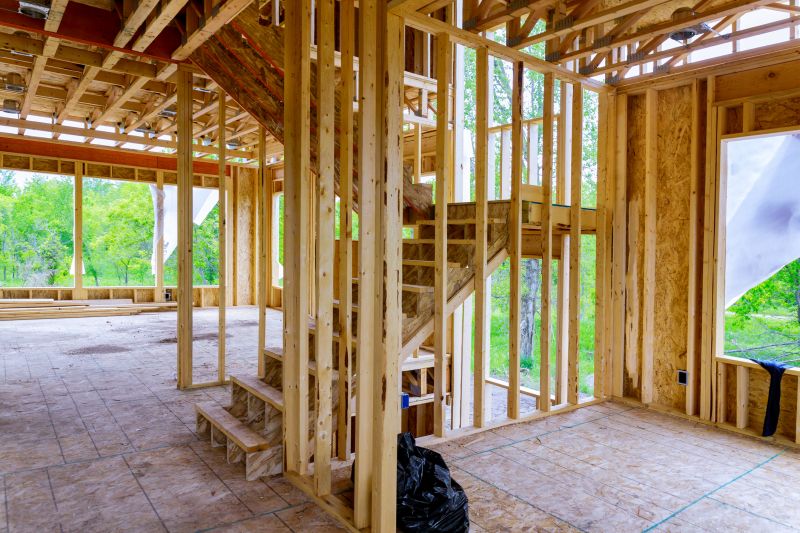
Lower-waste or water-saving choices for House Framings.

The short, realistic tool list for quality House Framings.
Interested in scheduling house framing at the most suitable time? Filling out the contact form can provide guidance tailored to specific regional conditions and project requirements.



